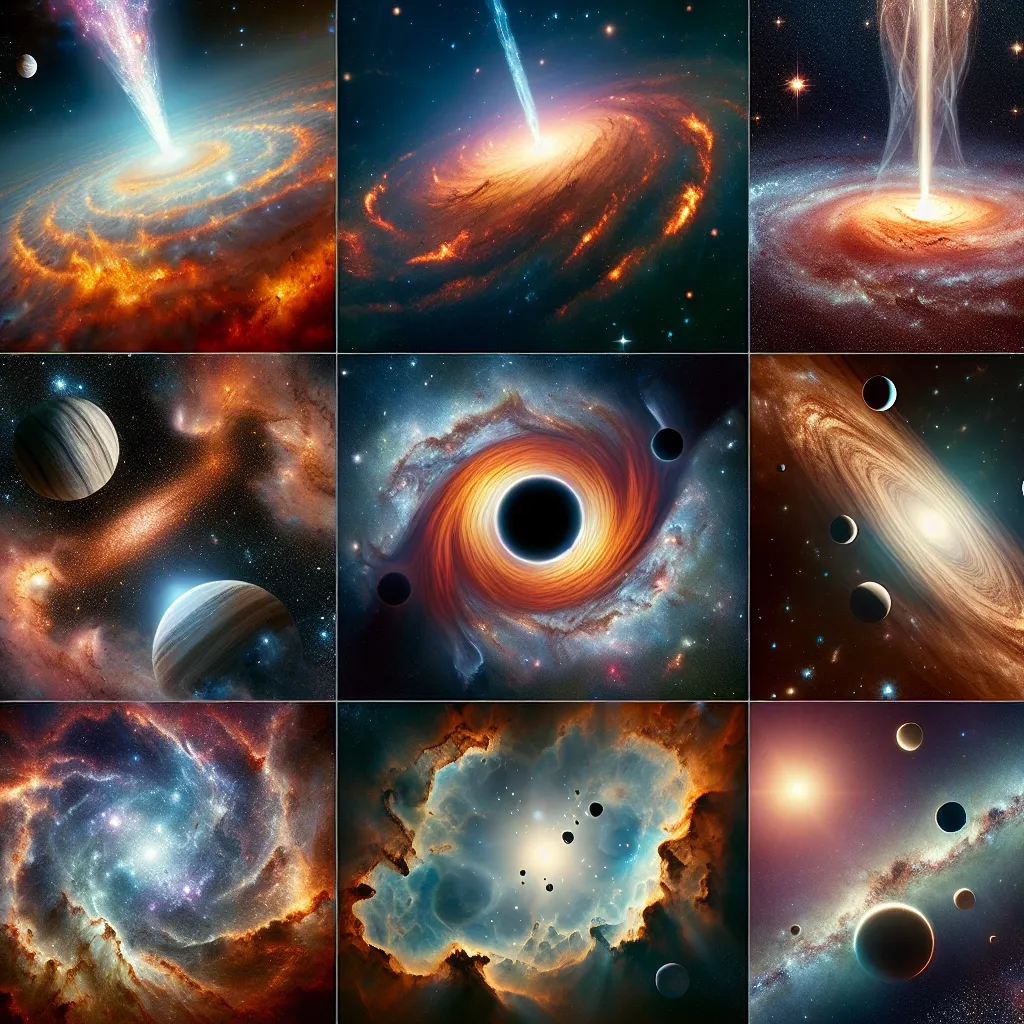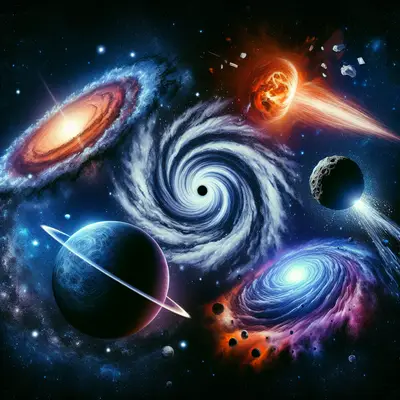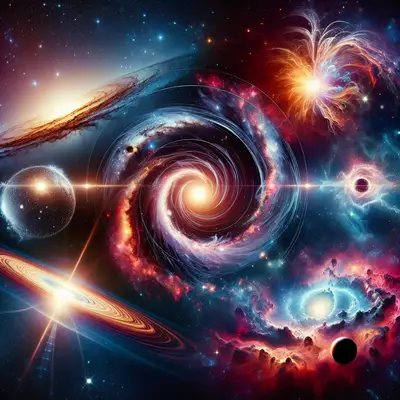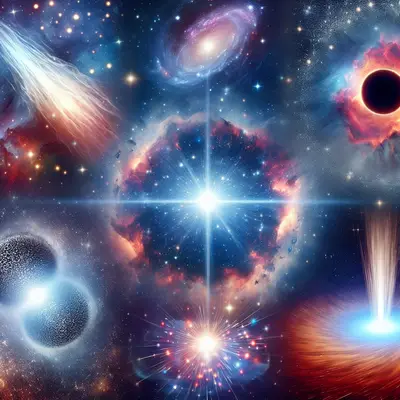The First Molecule in the Universe
Scientists have identified helium hydride as the first type of molecule to ever form in the universe. This molecule, a combination of helium and hydrogen, was detected in 2019 in the planetary nebula NGC 7027. Its discovery not only confirmed theories about the early chemical evolution of the universe, but also opened up new avenues for studying the epoch of recombination that occurred some 380,000 years after the Big Bang.
The Farthest Known Galaxy
The Hubble Space Telescope has played a pivotal role in expanding our cosmic horizons. In 2016, it captured an image of GN-z11, the farthest known galaxy from Earth. Located a staggering 32 billion light-years away, this galaxy gives us a glimpse into the universe just 400 million years after the Big Bang. The light we see from GN-z11 is literally ancient history!
Gravitational Waves
In a groundbreaking discovery, scientists detected gravitational waves for the first time in 2015. These waves, predicted by Einstein's theory of general relativity, are ripples in the fabric of space-time caused by violent cosmic events. The discovery of gravitational waves has opened up a whole new way to observe the universe, allowing us to detect events that may be invisible through traditional observation methods.
The First Image of a Black Hole
In 2019, the world was captivated by the first-ever photograph of a black hole. This celestial monster, located in galaxy M87, is 6.5 billion times more massive than the sun. The image, captured by the Event Horizon Telescope, confirmed the existence of black holes and offered a unique opportunity to study these enigmatic objects.
Dark Matter and Dark Energy
Perhaps one of the most perplexing aspects of modern cosmology is the existence of dark matter and dark energy. Together, they make up about 95% of the universe, yet they remain largely elusive. Dark matter is thought to be responsible for the unseen mass that influences galaxy rotation, while dark energy is believed to be driving the accelerated expansion of the universe. The understanding and detection of these enigmatic entities could revolutionize our knowledge of the universe.
Conclusion
These discoveries remind us that the universe is a vast, complex, and ever-changing entity, full of mysteries waiting to be unraveled. Each breakthrough pushes us closer to comprehending our place in the cosmos, yet it also prompts new questions, keeping the allure of the universe alive. As we continue to gaze skyward and delve deeper into the cosmos, who knows what other astonishing discoveries await us?



